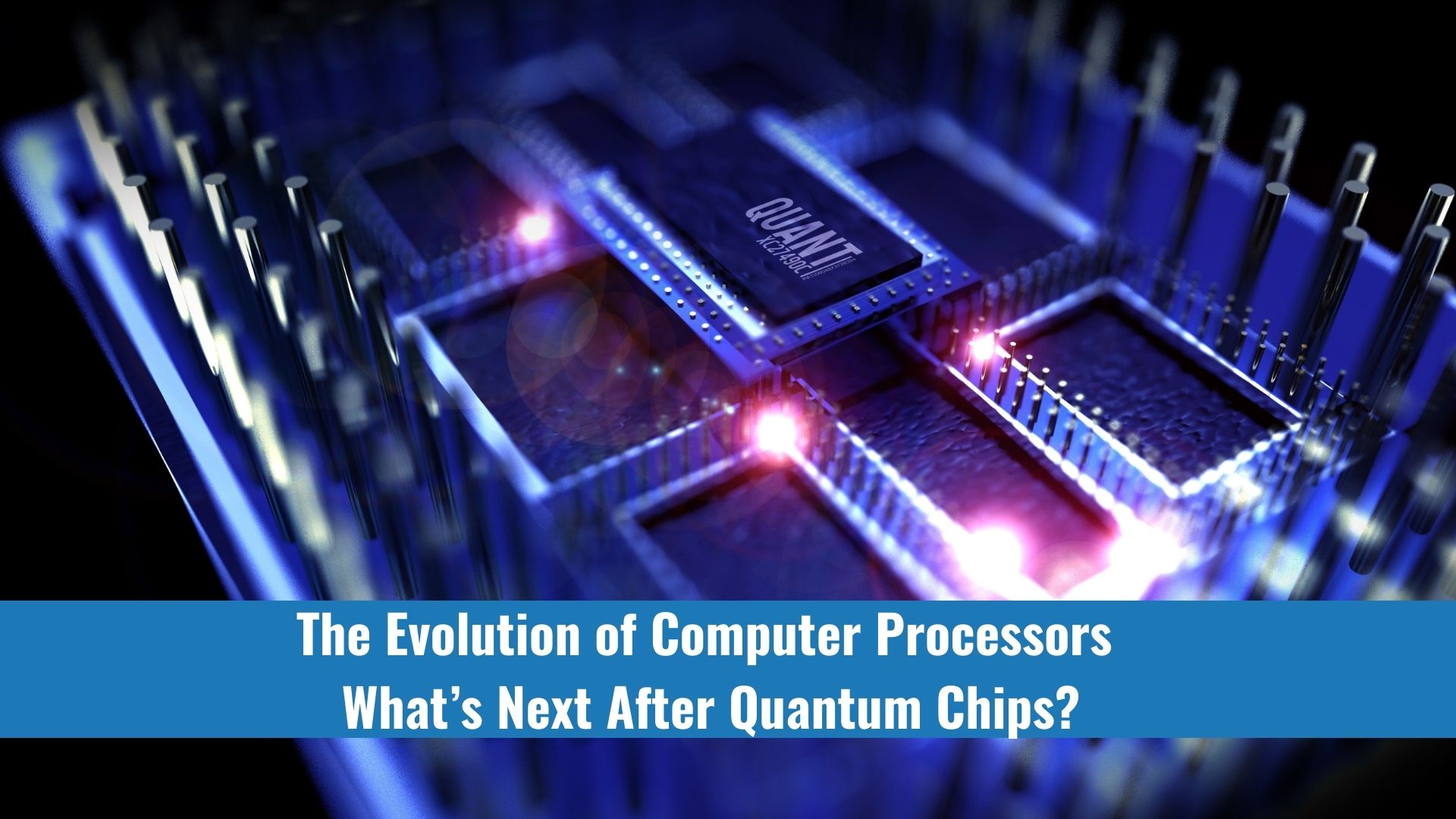For decades, advancements in computer processors have driven technological innovation, from the early days of vacuum tubes to the era of transistors and modern silicon-based microchips. With quantum computing pushing the boundaries of processing power, many wonder what comes after quantum chips.
1. A Brief History of Processor Evolution
- Vacuum Tubes (1940s-1950s) – The first generation of computers used bulky and inefficient vacuum tubes for processing.
- Transistors (1950s-1960s) – The invention of transistors revolutionized computing by making processors smaller, faster, and more reliable.
- Integrated Circuits (1960s-1970s) – The development of ICs allowed multiple transistors to be packed into a single chip, paving the way for microprocessors.
- Silicon Microchips (1970s-Present) – Modern processors, powered by silicon, have followed Moore’s Law, doubling in power roughly every two years.
- Quantum Chips (Emerging) – Utilizing quantum mechanics, these processors promise exponential computational capabilities for specific applications like cryptography and complex simulations.
2. The Challenges of Quantum Computing
Despite its potential, quantum computing has several hurdles to overcome before becoming mainstream:
- Extreme Cooling Requirements – Quantum processors must be maintained near zero temperatures.
- Error Rates – Quantum bits (qubits) are highly susceptible to environmental noise, leading to computational errors.
- Limited Applications – Quantum computing is ideal for specific tasks but does not replace classical processors directly.
3. What Comes After Quantum Chips?
A. Neuromorphic Computing
Neuromorphic chips mimic the structure and function of the human brain, enabling:
- Energy-efficient AI processing
- Real-time decision-making in robotics
- Faster pattern recognition for cybersecurity and medical diagnostics
B. Optical Computing
Unlike traditional electronic processors, optical computers use light (photons) instead of electricity, offering:
- Extremely high-speed data processing
- Lower energy consumption
- Potential breakthroughs in AI and machine learning
C. DNA Computing
Inspired by biological processes, DNA computing leverages molecular biology to solve complex mathematical problems, potentially revolutionizing:
- Big data analysis
- Cryptography
- Medical research
D. 3D Chip Stacking and Nanotechnology
As traditional silicon scaling reaches its limits, engineers are exploring:
- 3D chip architectures for better efficiency
- Carbon nanotubes as a replacement for silicon
- Molecular-scale computing for enhanced performance
4. The Future of Computing
While quantum computing is a significant milestone, the future of processors lies in a combination of emerging technologies. Neuromorphic, optical, DNA, and nanotechnology-based chips are all poised to shape the next era of computing, each addressing different computational needs.
Conclusion
As we look beyond quantum chips, the future of computing is a convergence of multiple advanced processing methods. Whether brain-inspired architectures, light-speed processing, or molecular-level computing, the next generation of processors will redefine how we interact with technology.
What do you think will be the dominant computing technology of the future? Share your thoughts in the comments!

